Training your own service dog can be a rewarding journey, providing invaluable assistance tailored to your specific needs. Whether you’re looking to address medical conditions, mobility challenges, or psychiatric conditions, this guide will walk you through the essential steps of service dog training. From understanding federal and state laws to mastering specific tasks, embark on a comprehensive training program to transform your canine companion into a reliable service animal.
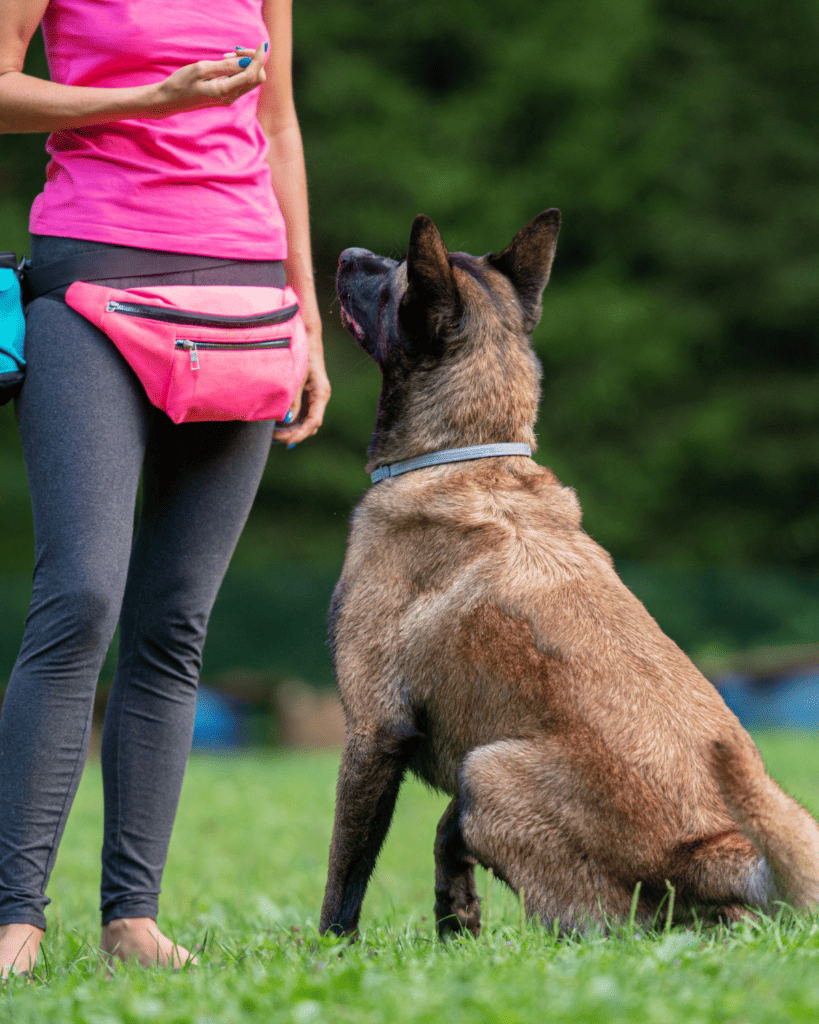
Understanding the Legal Landscape
Delving into the realm of training service dogs requires a comprehensive understanding of the legal framework, particularly as outlined by the Americans with Disabilities Act (ADA). Recognizing the significance of service dogs is not just a good idea; it’s a pivotal aspect of ensuring the rights of handlers. This federal law serves as a beacon, affirming the entitlement of individuals with disabilities to bring their trained companions into various public spaces, encompassing restaurants, stores, and public transportation.
Identifying a good candidate for service work is an essential part of this journey. Assessing a dog’s temperament, adaptability, and receptiveness to advanced training techniques are all vital considerations. The American Kennel Club website serves as a valuable resource, emphasizing the importance of such evaluations. Whether dealing with a new dog or an older one, the training process involves a mix of basic commands, advanced training, and specialized tasks tailored to the handler’s disability. From tether training for large breeds to addressing potty training, each element plays a crucial role in shaping a well-rounded and trained service dog.
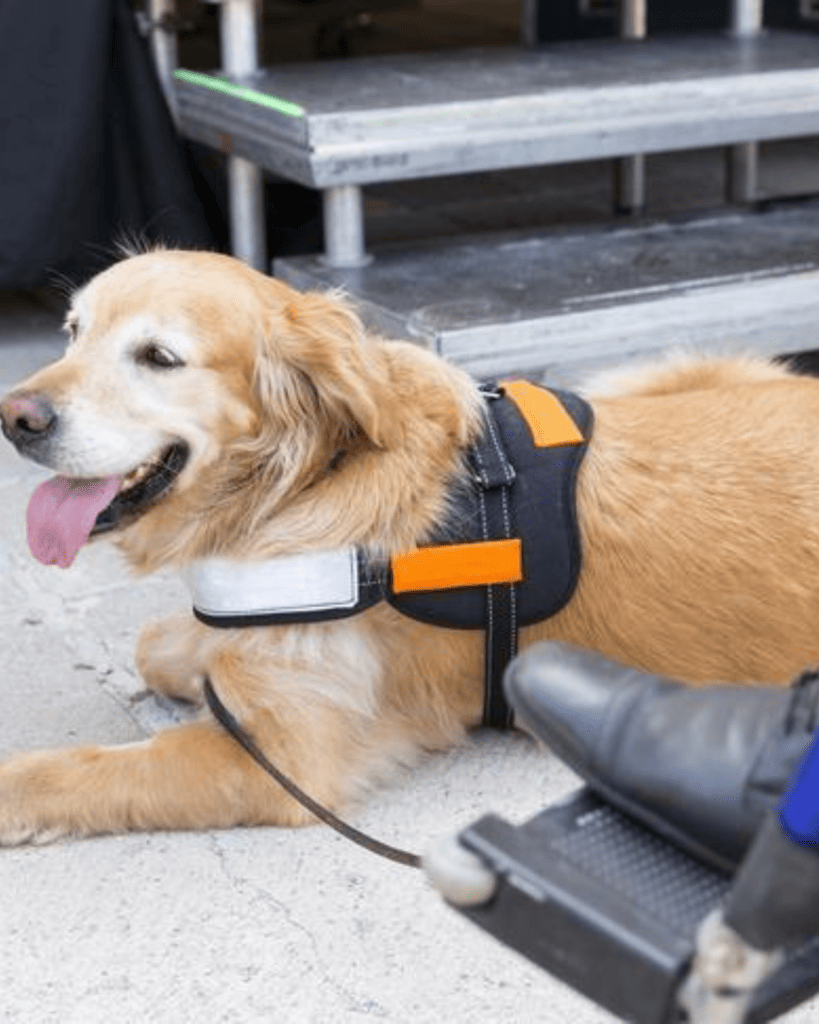
Engaging in professional training, attending free workshops, and seeking guidance from a professional trainer are not just good ideas—they are indispensable steps in the process. These actions contribute to the overall success of training service dogs, ensuring they are well-prepared to handle the diverse challenges of public spaces. Balancing legal requirements, personalized training programs, and the specific needs of handlers, the training journey is a meticulous and rewarding endeavor, culminating in the development of a reliable and highly trained service dog.
Differentiating Between Service Animals and Emotional Support Animals
While emotional support animals undoubtedly provide valuable comfort and companionship, it’s crucial to recognize the stark distinction in the level of training they undergo compared to service animals. Service dogs, which encompass guide dogs, therapy dogs, and psychiatric service dogs, undergo a rigorous training regimen specifically designed to equip them with the skills necessary to perform different tasks that directly mitigate their handler’s disabilities. This distinction becomes an important part of the conversation, particularly concerning public access rights. Understanding that service dogs are trained to a higher standard ensures that their presence in public spaces is not merely a preference but a recognized right grounded in the important legal framework, such as the Americans with Disabilities Act.
The training journey for service dogs involves lots of training, encompassing various aspects tailored to the specific needs of handlers. Whether it’s an old dog or a younger one, the training process is a dynamic series of training sessions that span from basic training to more specialized tasks. Smaller dog breeds, such as those used as autism service dogs, may require a different approach than larger breeds, emphasizing the need for personalized training strategies. Engaging in a training institute or attending a free workshop can be an invaluable step, offering insights and techniques to optimize the training process. Personal information, including the handler’s specific needs and requirements, becomes an integral part of tailoring the training program to ensure the service dog is well-equipped to handle the unique challenges associated with their service dog work.
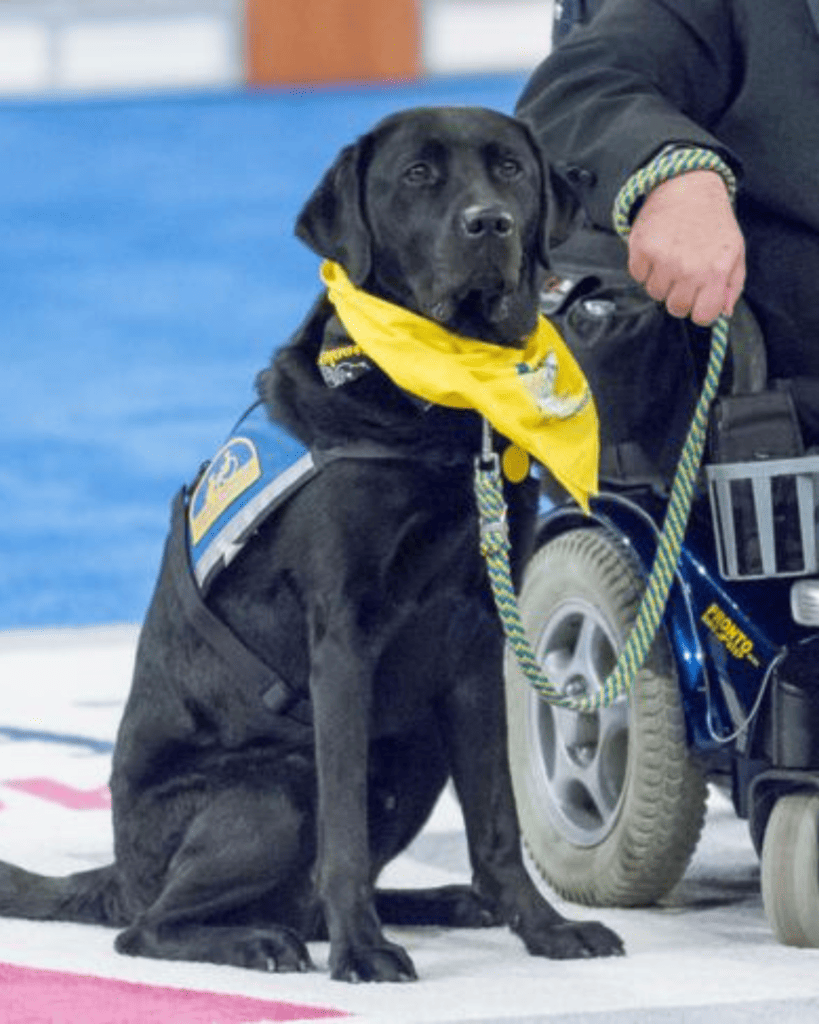
In the realm of psychiatric service dogs, such as those trained for PTSD, the ability to recognize important sounds and respond appropriately is a critical aspect of their training. This specialized training is especially relevant for older dogs, as they bring a wealth of experience and stability to their role. The importance of training extends beyond just the dog; it encompasses the entire partnership between the handler and the service dog. Through a holistic approach to training that addresses different tasks, engages in ongoing training sessions, and considers the unique characteristics of smaller breeds or older dogs, the service dog becomes a reliable and indispensable companion in navigating the complexities of their handler’s life.
Grab A Pen
The very first thing you’re going to want to do is to write a list of everything you think a dog could or may be able to help you with. This could be picking up things for you for when you’re less mobile, or it might be alerting to when your blood sugar runs low, or detecting gluten! When you have that list complete, then it’s time to look at what sort of dog fits the bill.
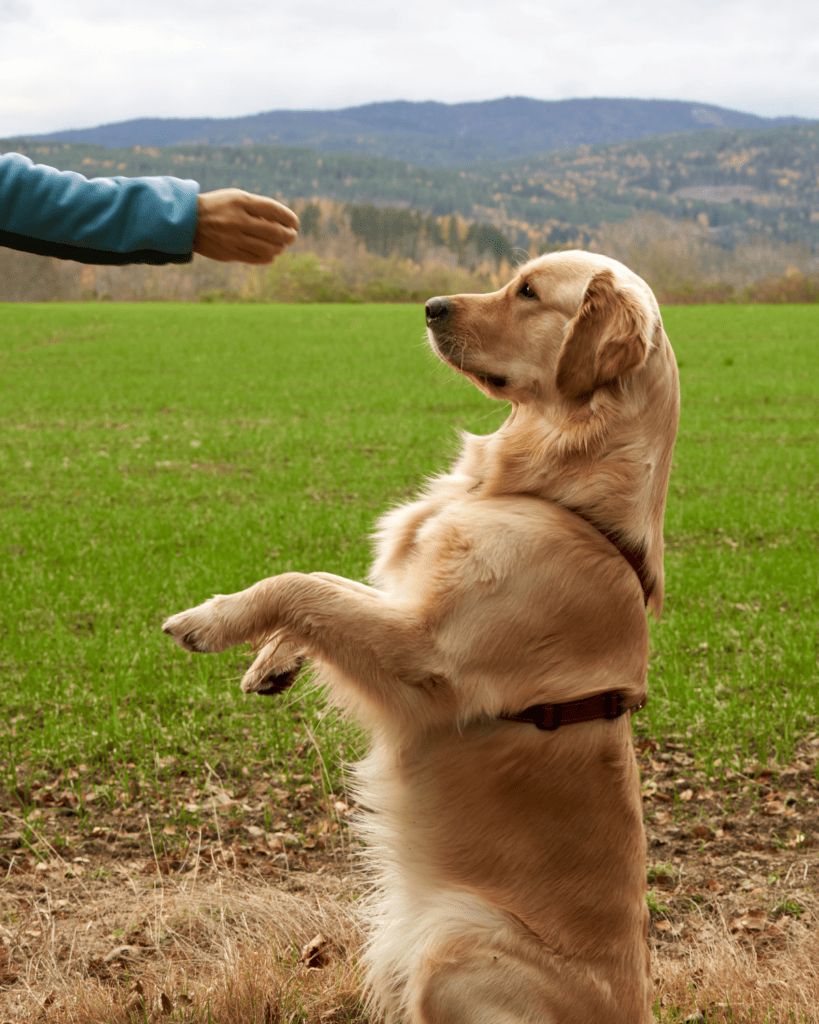
Picking The Right Breed
The first thing to do is to pick a dog breed that’s suited for the tasks you want, then narrow it down by how you think and what sort of lifestyle you want to lead. Then begin matching that to a breed (and remember you can always ask for help from a behaviour consultant or trainer!).
Different breeds have different strengths and characteristics that can be harnessed during the training process. For example, larger breeds like Leonbergers or German Shepherds may excel in mobility assistance, while smaller breeds like Labrador Retrievers or Golden Retrievers may be well-suited for psychiatric service work, and a dachshund may just be perfect for your medical alert dog! Consider your dog’s breed when determining the tasks they are best suited for.
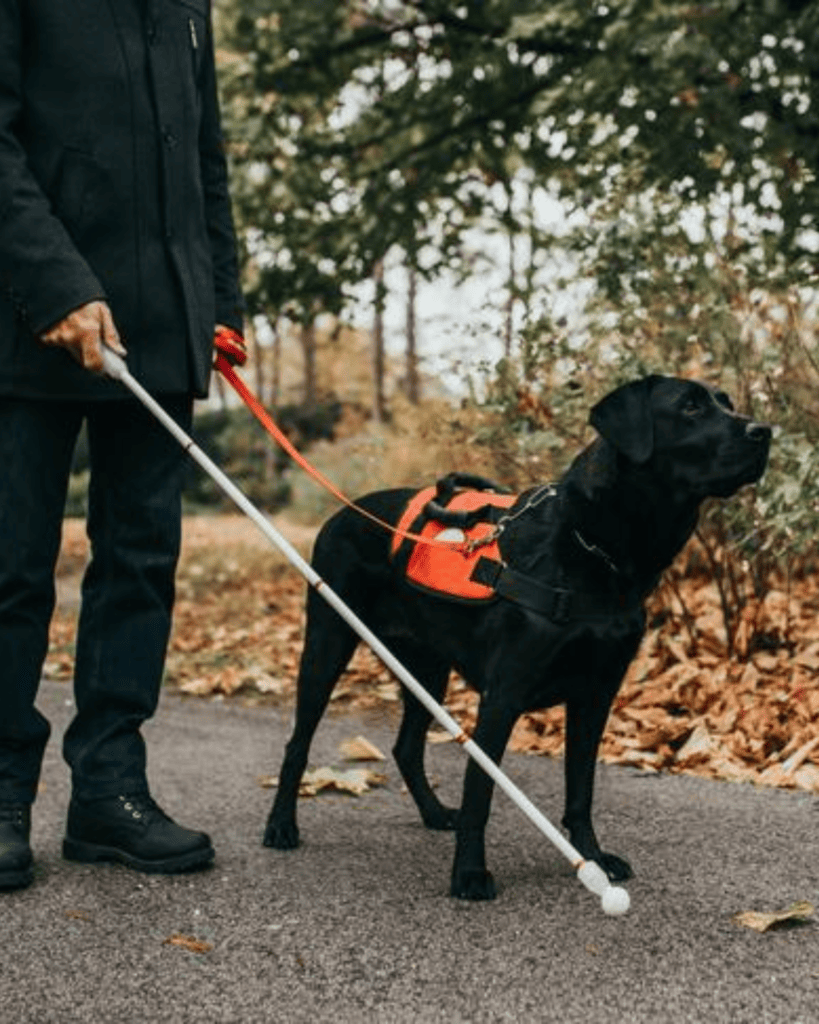
Step 1 – Basic Obedience Training
Embarking on the journey to train a service dog begins with a foundational step crucial for all service dog handlers—basic obedience training. This initial phase sets the groundwork for more advanced tasks and is applicable irrespective of the dog’s breed, size, or age. Whether you’re preparing a guide dog, a psychiatric service dog, or a medical alert dog, instilling good manners and basic commands is the best way to ensure they navigate public places with ease. For service dog handlers, this marks the first step towards creating a strong bond and reliable partnership between them and their canine companions.

Positive reinforcement techniques play a pivotal role in this foundational training process. Service dog trainers often recommend utilizing food rewards and clicker training to encourage good behavior. This approach not only establishes a positive association with following commands but also fosters a sense of accomplishment for both the dog and the handler. For dog owners venturing into the realm of training service dogs, understanding that this initial obedience training serves as the next step toward advanced tasks is paramount. It lays the groundwork for the dog’s ability to respond effectively to various situations, whether it’s guiding visually impaired individuals as a guide dog or providing support during a panic attack as a PTSD service dog.
The importance of basic obedience training extends beyond the functional aspects of service work. It is an essential component for service dog handlers to confidently navigate public places, ensuring their canine companions exhibit impeccable behavior. Small breeds, often chosen for their suitability in various roles such as emotional support dogs or medical alert dogs, benefit significantly from a solid foundation in basic commands. As dog owners progress through the training journey, understanding that instilling good manners is not just a preliminary task but an ongoing commitment ensures the continued success of their service dog’s training and its effectiveness in assisting individuals in need.
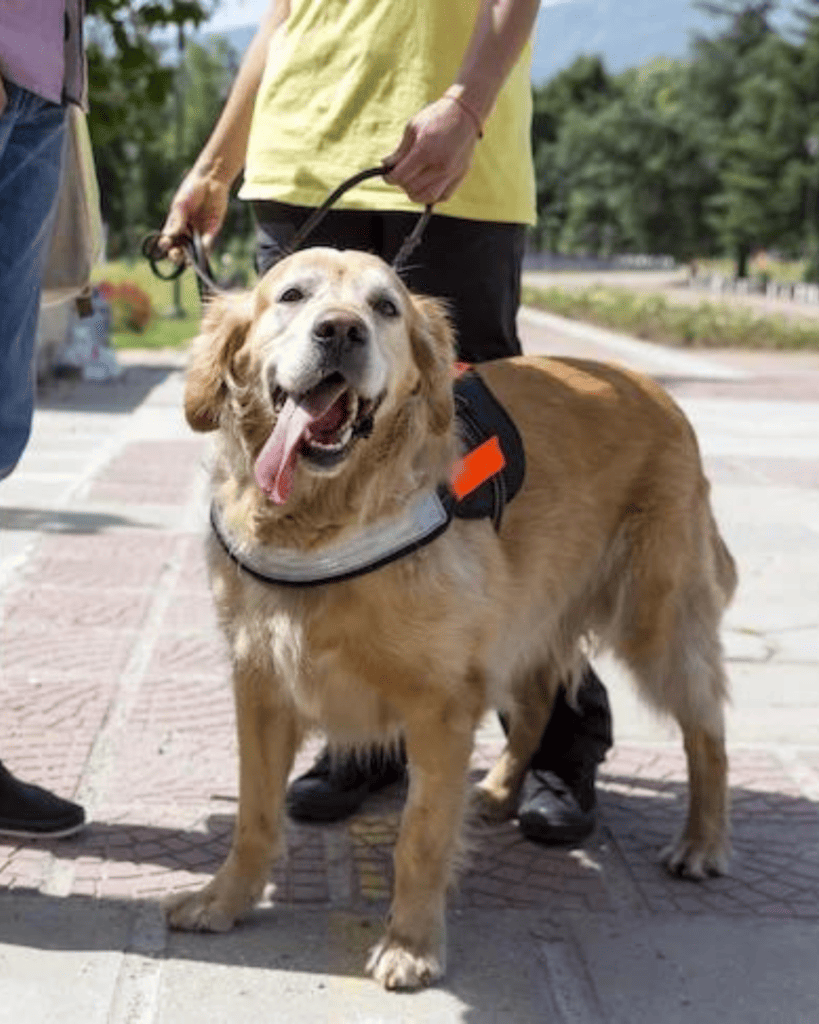
Step 2 – Tailoring Training to Specific Tasks
Identifying the specific tasks your service dog needs to perform is crucial. For instance, mobility service dogs may assist with balance, retrieving items, or even opening doors. Psychiatric service dogs may be trained to recognize and respond to anxiety attacks, panic attacks, or provide deep pressure therapy. Tailor your training program to address the unique needs associated with your disability.
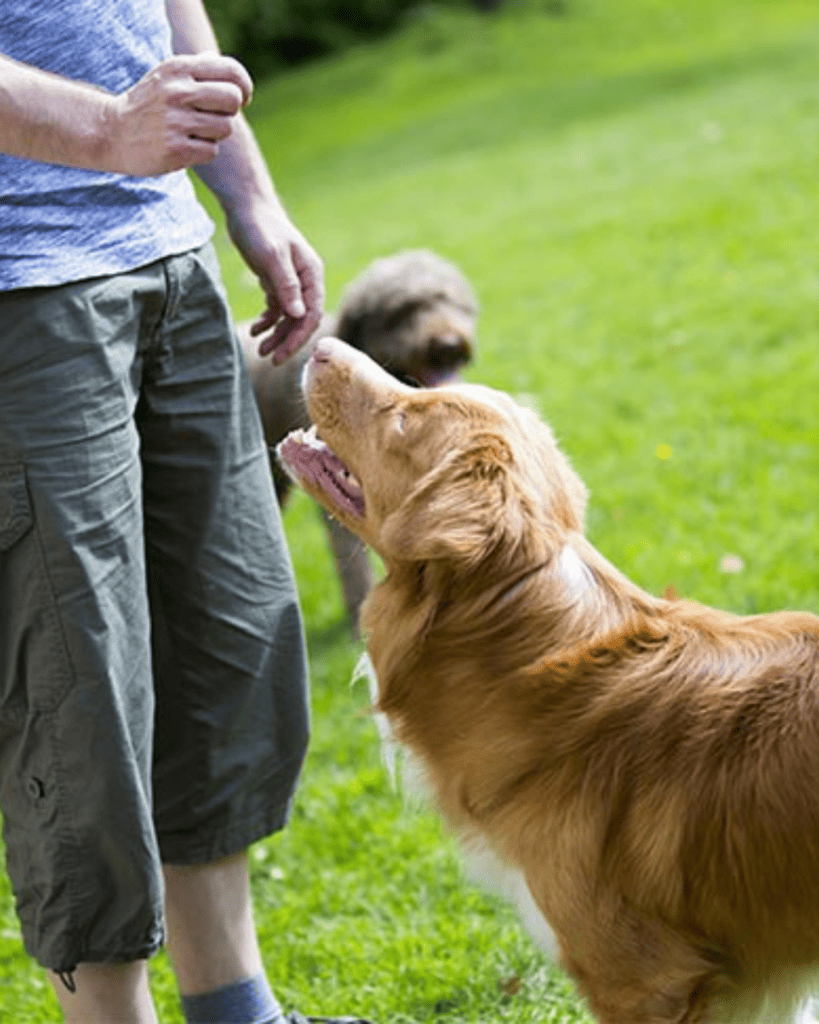
Step 3 – Public Access Training: Navigating Public Spaces
Service dogs must be well-behaved in public spaces, adhering to the highest standards of behavior. Public access training is designed to prepare your dog for various situations, from crowded areas to public transportation. Familiarize yourself with your local laws regarding service dog access, and consider taking a public access test to ensure your dog is ready for real-world scenarios.
Note: Please remember whilst training your dog doesn’t necessarily have the right to be in stores that don’t allow pets. Please call and check before you go to a store and please make sure you don’t put working service dogs (or your own dog!) at risk.
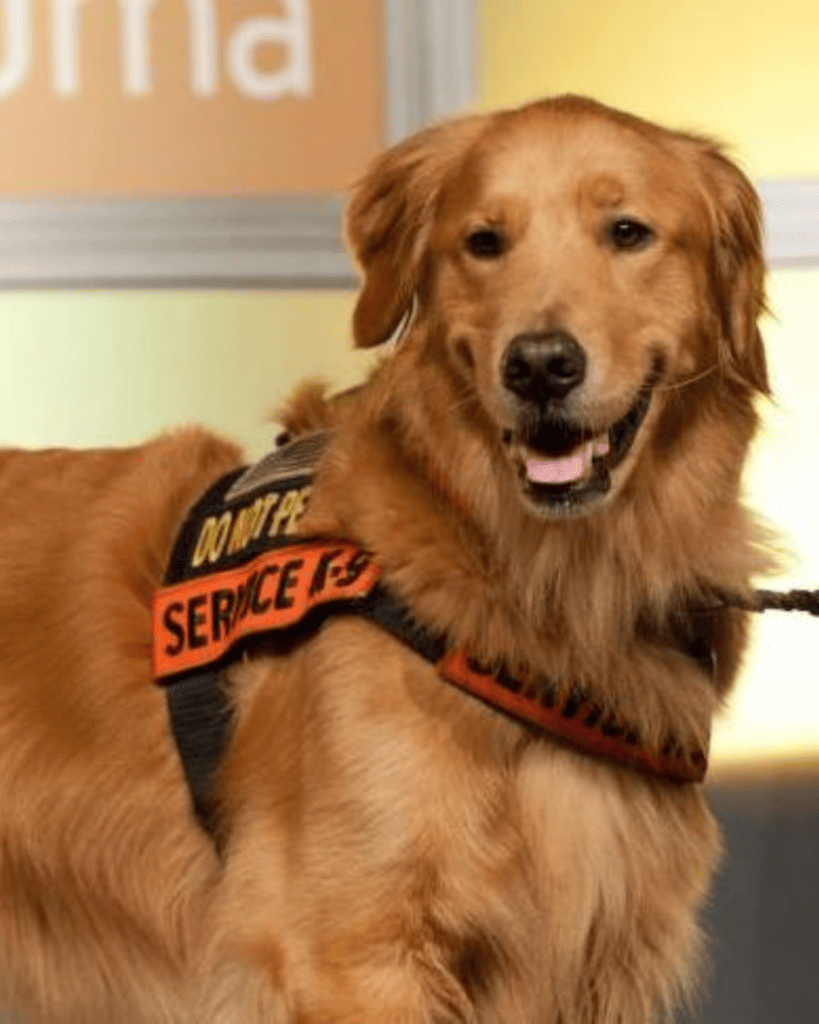
Step 4 – Training Techniques for Various Situations
Service dogs need to be adaptable to different situations, environments, and stimuli. Introduce your dog to various scenarios, including loud noises, crowded spaces, and public transportation. Gradually expose them to different stimuli while reinforcing positive behavior through proper socialisation. This exposure helps them remain calm and focused in any situation.
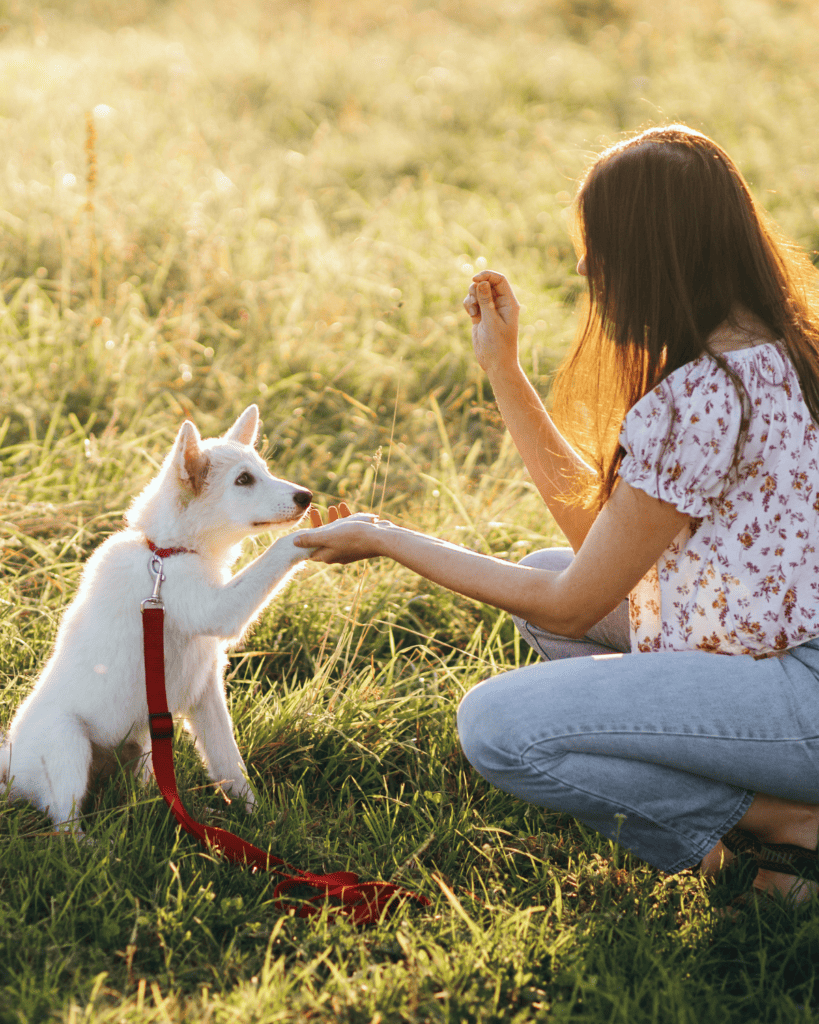
Step 5 – Meeting Legal Requirements: Service Dog ID Cards and Documentation
While there is no official certification or registry for service dogs under the ADA, having proper identification can streamline your interactions in public spaces. Consider obtaining a service dog ID card and carrying documentation that outlines your dog’s training and the tasks they are trained to perform. This can help mitigate potential challenges when accessing public areas.
Step 6 – The Training Process: From Basic Commands to Advanced Tasks
The training process should be systematic, starting with basic obedience commands and gradually progressing to advanced tasks. Incorporate commands such as sit, stay, and come into your dog’s routine, ensuring they respond reliably in various situations. As your dog masters basic commands, introduce them to more complex tasks aligned with your specific needs.
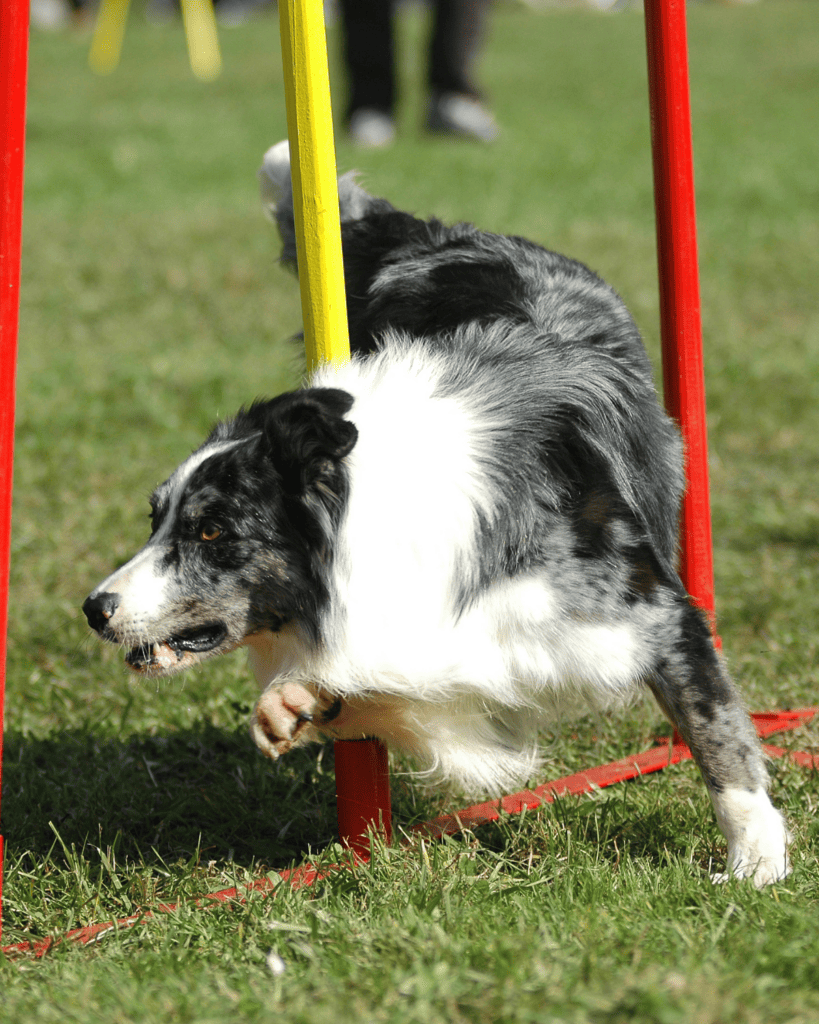
Step 7 – Working with Professional Trainers
While training your own service dog is possible, working with professional trainers can provide valuable guidance and expertise. Look for reputable training institutes or professional dog trainers who specialize in service dog training. Attend workshops or seek online resources to supplement your training program and gain insights from experienced professionals.
There are also charities that absolutely can help you to achieve what you’re looking for!
Remember: Your Dog May Not Be Suited To Being A Service Dog & That’s Okay.
Behavioral issues can arise during the training process, requiring careful attention and training. Whether it’s leash pulling, barking, or anxiety, address these issues promptly to ensure your service dog maintains good behavior in public spaces. Consult with professional trainers if needed and implement positive reinforcement techniques to modify unwanted behaviors, and in some instances be ready to “wash” your service dog and realise they may not ever be what you need them to be.
Welfare, Health & Safety.
Whilst your dog is now a service dog (congrats!) we do have to remember that their welfare is still paramount. i.e. if you don’t need to go to Disney World with your dog in the middle of a hot floridian summer? Maybe don’t go.
Maintaining your service dog’s good health is an essential part of the training process. Regular veterinary check-ups, a balanced diet, and regular exercise contribute to your dog’s overall well-being. Additionally, be aware of potential health issues associated with specific breeds and address any concerns promptly.
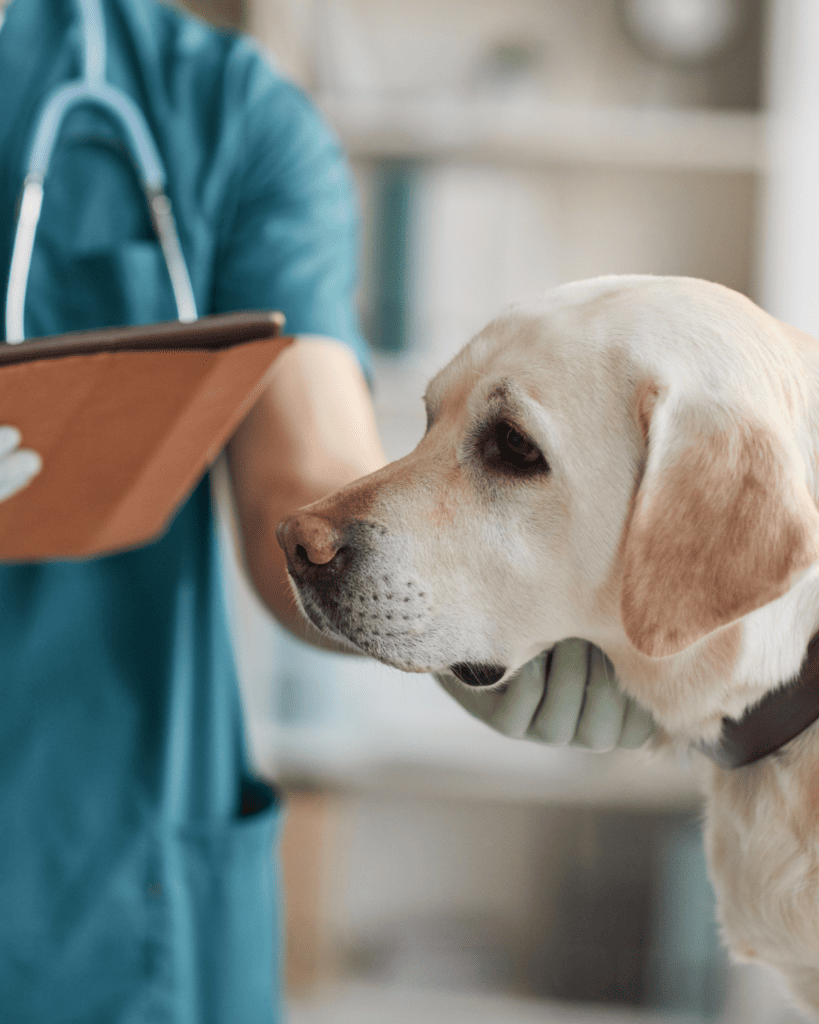
Training for Medical Alert Tasks
Service dogs trained for medical alert tasks, such as detecting low blood sugar levels, play a crucial role in managing certain medical conditions. Incorporate specific training for medical alert tasks, utilizing positive reinforcement to associate specific behaviors with the detection of important health indicators. This training can be life-saving for individuals with conditions like diabetes.
The Role of Positive Reinforcement
Positive reinforcement is the cornerstone of effective service dog training. Reward desired behaviors with treats, praise, or toys to reinforce the connection between the behavior and the reward. This creates a positive association, encouraging your dog to consistently perform the tasks they have been trained for.
It’s good to note that under no circumstances does your service dog need a prong collar, ecollar, or other punishment based tools, and if they do, it does mean that they are likely not a good choice to be a service dog.
Service Dog Handler Responsibilities
As a service dog owner, it’s essential to understand and fulfill your responsibilities. This includes providing proper care, ongoing training, and ensuring your dog’s behavior complies with public access requirements. Be aware of your rights and responsibilities under the ADA and local laws to navigate public spaces confidently.
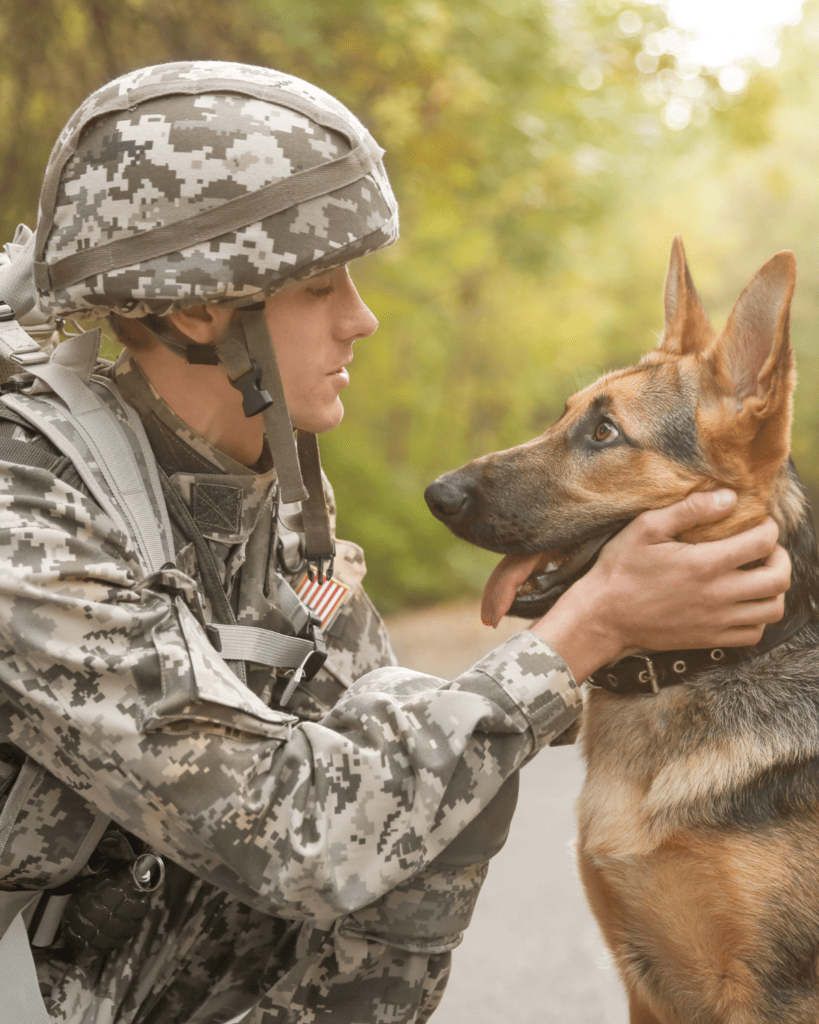
Service Dogs Are More Than The Service They Provide
Training your own service dog is a challenging yet rewarding endeavor that requires dedication, time, and patience. By understanding the legal framework, tailoring training to specific tasks, and utilizing positive reinforcement techniques, you can transform your canine companion into a reliable service animal. Whether you’re addressing mobility challenges, psychiatric conditions, or medical alerts, the training process can enhance your dog’s skills and strengthen the bond between you and your service animal. Remember, ongoing training and responsible ownership are key to successfully navigating the world with your service dog.




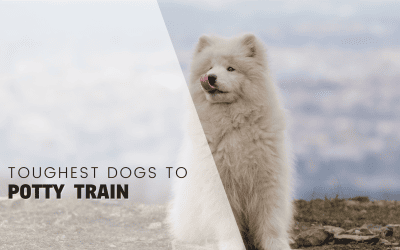

0 Comments